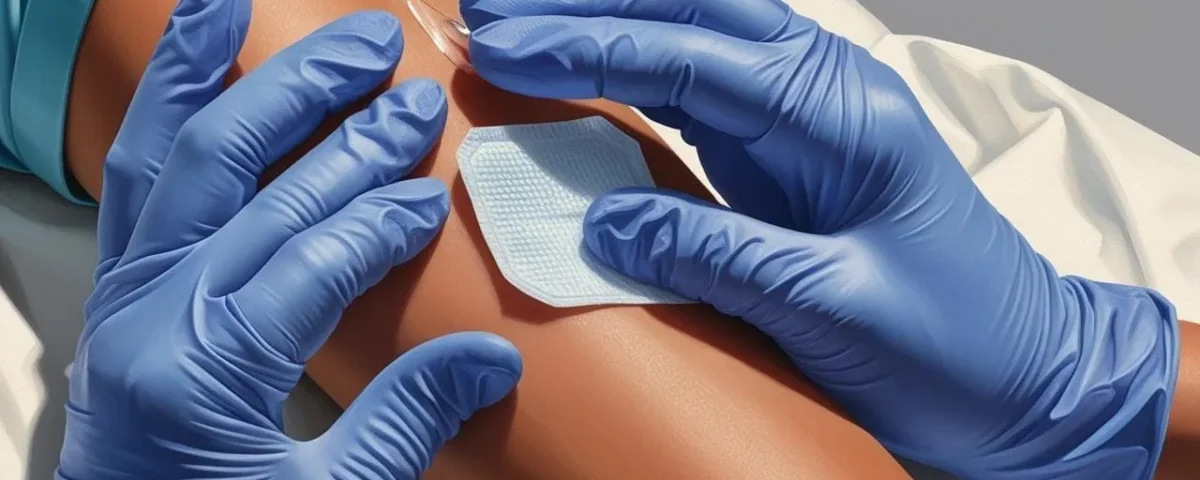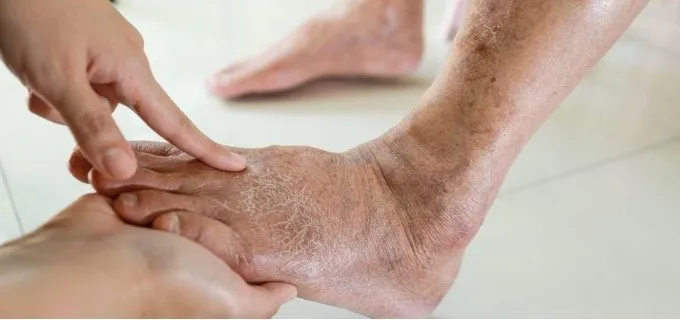
What You Need To Know About Mohs Surgery for Skin Cancer
September 25, 2025
The Role of Genetics in Hair Loss and Transplant Decisions
September 29, 2025A diagnosis of skin cancer can prompt many questions about the condition and the path forward. Understanding the nature of skin cancer and the available treatment options is a primary step for patients navigating this experience. Skin cancer surgery is a common and effective method for managing this set of conditions.
What Is Skin Cancer?
Skin cancer develops when abnormal skin cells undergo uncontrolled growth. This growth occurs when DNA damage to skin cells, often caused by ultraviolet (UV) radiation from the sun, triggers mutations. These mutations cause the skin cells to multiply rapidly and form malignant tumors. The three most common types of skin cancer are:
- Basal Cell Carcinoma (BCC): This is the most frequently diagnosed form of skin cancer. These cancers often appear as a slightly transparent bump on the skin, although they can take other forms.
- Squamous Cell Carcinoma (SCC): SCCs originate in the squamous cells, which make up most of the skin’s upper layers (the epidermis). They often look like red, scaly patches, open sores, or warts.
- Melanoma: This is a less common but more serious type of skin cancer because it is much more likely to spread to other parts of the body. It can develop within an existing mole or appear as a new, unusual-looking skin spot.
How Is It Diagnosed?
The diagnostic process for skin cancer typically begins with a physical examination by a dermatologist. A dermatologist will examine any suspicious spots on your skin, noting their size, shape, color, and texture. If a particular lesion raises concern, the next step is a skin biopsy.
A biopsy is a procedure in which a small sample of the suspicious tissue is removed for laboratory analysis. A pathologist then examines the tissue sample under a microscope to determine if cancer cells are present. If the biopsy confirms a skin cancer diagnosis, the pathology report will identify the type of cancer and may provide other details, like the tumor’s thickness, which helps in planning treatment.
Does Skin Cancer Surgery Work?
Surgery is the primary treatment for most skin cancers. The goal of skin cancer surgery is to remove the cancerous tumor completely, along with a margin of healthy tissue around it. This approach helps to confirm that all cancerous cells have been excised. The specific surgical technique used depends on the type, size, depth, and location of the skin cancer.
One of the most effective surgical techniques for certain skin cancers is Mohs surgery. During Mohs surgery, the surgeon locates and removes the surface layer of visible cancer by surgical means. This layer is immediately examined under a microscope. If cancer cells are found at the edges of this tissue, the surgeon removes another thin layer from that specific area and examines this layer. This process is repeated layer by layer until no cancer cells remain. This precise technique enables the surgeon to remove all the cancer while sparing as much healthy tissue as possible.
Speak Further With a Dermatologist
Your personal medical situation is unique, and a treatment plan will be tailored to your specific diagnosis and needs. A board-certified dermatologist or a surgeon specializing in skin cancer can provide a comprehensive evaluation and discuss the most appropriate treatment options for you. They can answer your questions, explain the benefits and risks of each procedure, and guide you through every step of your care, from diagnosis to recovery.





